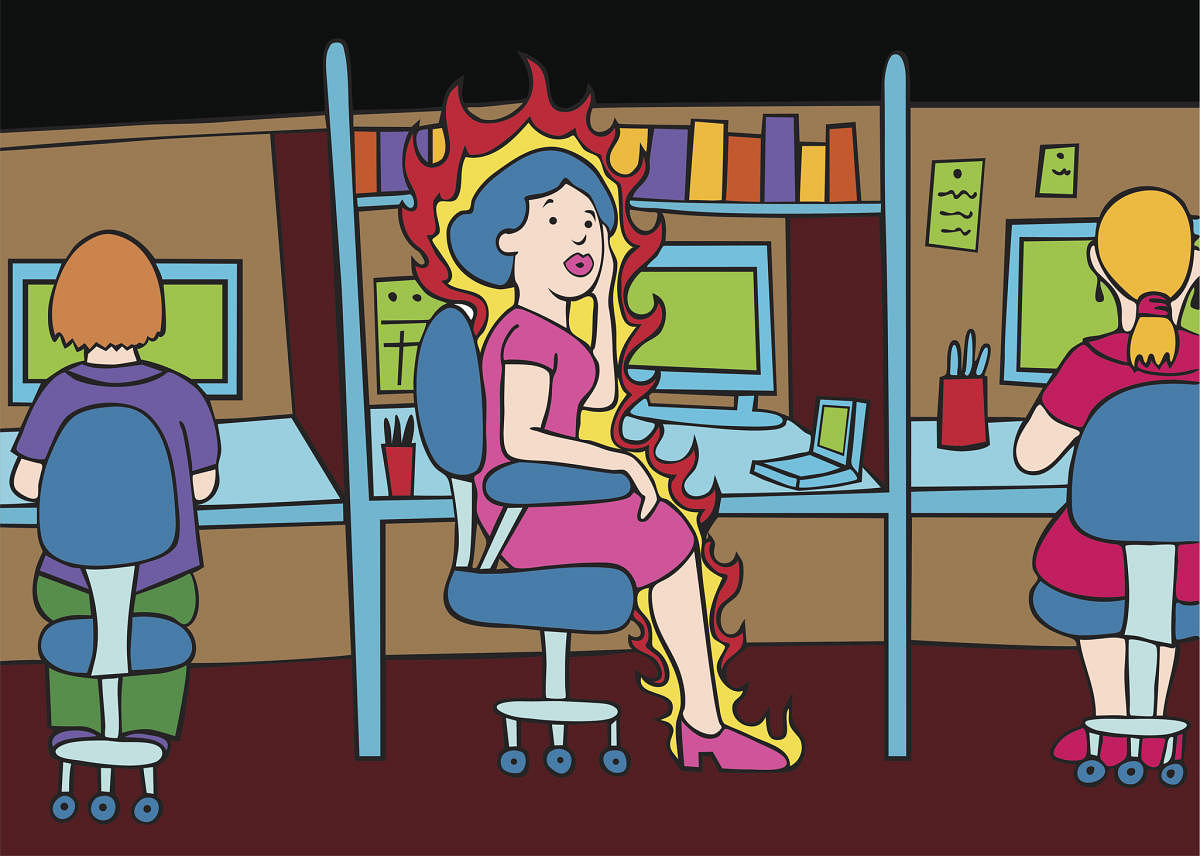
Perimenopause occurs among women during the natural transition period before menopause, when the reproductive functions begin to wane — this is the time when the ovaries reduce the amount of estrogen produced and it lasts till the point when the ovaries stop producing eggs. It lasts typically from around 40 years of age to 55, but in some women, it can even start in their mid to late 30s.
Watch out for these signs
The level of estrogen is uneven during this time, and the menstrual cycles become irregular. This means that bleeding could happen twice a month or happen once in two months, and there are cycles when the ovaries may not release an egg. The first sign for a woman who is approaching menopause is when the woman’s menstrual cycle is either infrequent or involves less bleeding.
The common problems during this period are hot flashes, which is a feeling of intense heat and sweating with a rapid heartbeat, and usually occurs during the night. Other symptoms are sleep problems, vaginal dryness and mood swings due to the changes in hormone levels. Low estrogen could also lead to frequent vaginal and urinary infections.
It is also possible that due to poor tissue tone, women experience incontinence. This could also lead to psychiatric problems.
Bone density also decreases, increasing the risk of osteoporosis — which causes fragile bones. Women could also develop male balding patterns due to the increase in the ratio of testosterone as compared to estrogen.
Lipid profiles also go haywire during this period and because of the reduced levels of estrogen, it could lead to an increase in LDL — bad cholesterol.
(The author is gynaecologist,
Motherhood Hospitals)